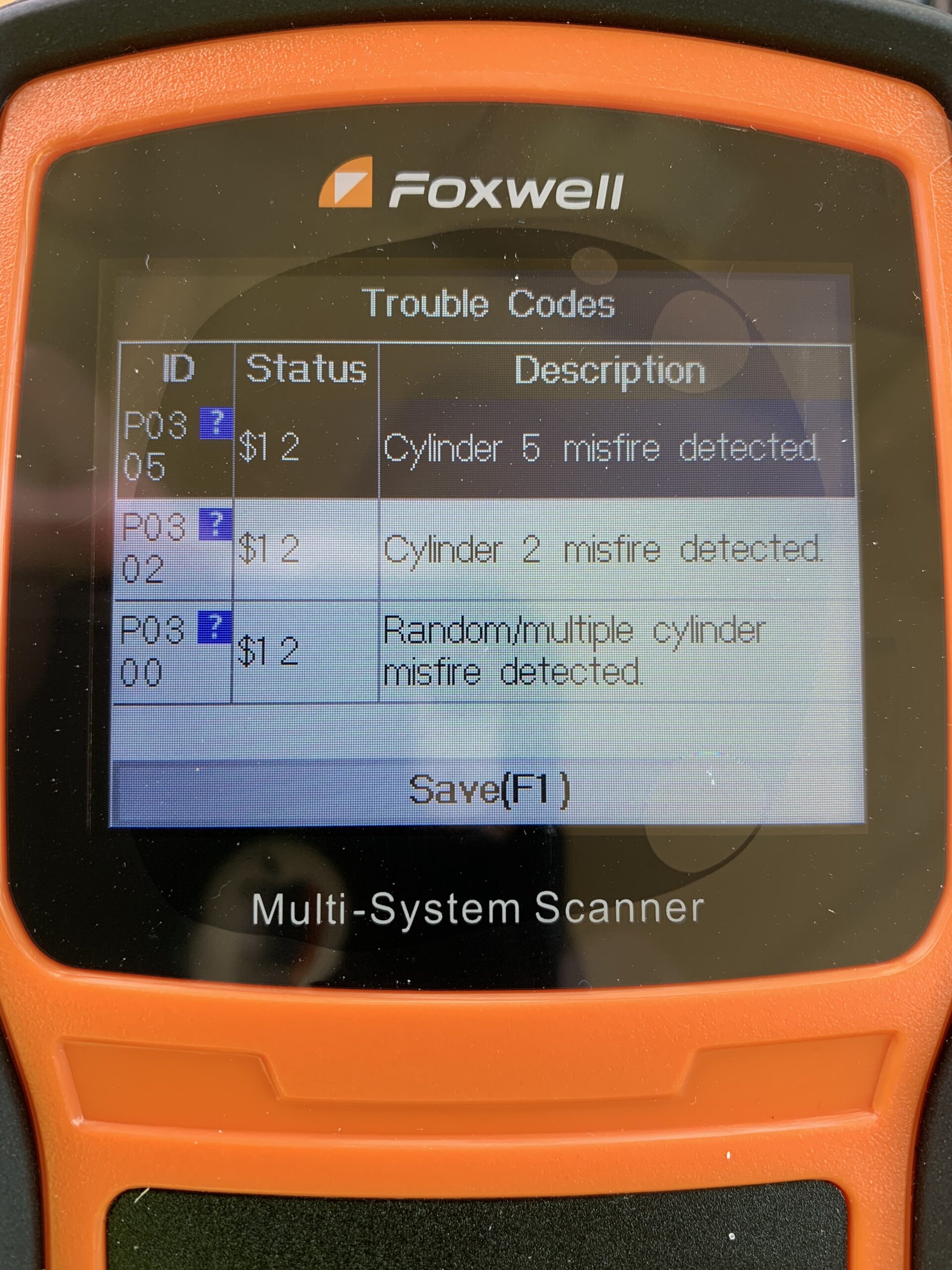THE BASE Auto Craft Shop had been closed for a few months due to Corona Virus. Today was the first day back open. I had a really productive day working on the car. I planned to work through my list until I got tired or finished. I got it all done:
- Oil Change
- Coolant drain and fill
- New ignition coils
- Grounding strap replacement
- Transfer case oil change
- Transfer case gear change
The transfer case gear was the biggest “win” of the day, but first a few thoughts/tips about the others…

I try to change the oil every 3,000 miles (5,000 km), but I don’t mind if I go over. Maybe every second oil change I’ll use one of the engine flush treatments (Gunk, Wynn’s, or transmission fluid). Not sure what all it does, but I’ve never had a problem. I open the oil fill cap and the oil filter housing before draining the oil so there’s no vacuum slowing things down. Whenever possible I like to have something else to work on so I don’t get bored waiting for the last drops to drain! I usually get Mann filters from eEuroparts.com.
The transfer case uses a specialty lubricant. The first time I did this I bought it from the local dealer because I needed it the next day. I got an aftermarket version on Amazon by planning in advance this time! Two tips for this job. One, remove the fill bolt before the drain. It would stink to have drained the lubricant but not be able to replace it. Two, online you’ll often read “refill until it leaks out of the fill hole.” This is incorrect. The maintenance manual requires 750ml that I put in with a small pump, pump, pump, pump… The oil comes in 1 liter bottles, so 1/4 of your expensive bottle gets wasted. Oh well.
I removed the big blue plastic screw from the lower left corner of the radiator to drain a good bit of coolant. I’ve never removed the block drain, but I found it and will likely do so next year. Be sure to get the right coolant if you don’t buy it from BMW. BMW’s you mix 1:1 with distilled water. Some of the aftermarket ones are used straight from the bottle. Draining from just the radiator only required about a gallon (four liters) to refill; that’s a bit less than half the system. Put the heater temperature and blower on high while you run the car to bleed. Top off as the level drops. Wait for the heater to be blowing hot air. Check the level the next day to see if more air has worked its way out of the system.
The car had been getting harder to start. I’d turn the key and nothing would happen “for a long time” that was probably just a second or two. AutoZone’s free charging system check told me the alternator was OK, but the regulator might not be. These are classic symptoms of a bad grounding strap. To test, connect the negative terminal under the hood to the engine with a jumper cable. If the car fires right up – like mine did – then it’s definitely a grounding problem.
There are two ground cables, one from the engine to a nearby spot on the chassis and one about half way back connecting the chassis to the exhaust. I used AC Delco cables from Amazon rather than a BMW part. My cable was so corroded that it broke in half while removing it! The car now starts so fast it’s scary. The stereo works better with a good ground, too!
Replacing the coils is pretty straight forward. The boots are shaped to fit into the top of the engine, so take car to align them carefully. I had been having some intermittent misfires on cylinders 2 and 5, and new coils from eEuroparts.com cleared that right up. Nice smooth idle now.
The transfer case gear was an interesting project. A guy on one Facebook group said he spent five hours doing the job, but typically people claim it takes about 90 minutes. There are lots of DIYs online and videos on YouTube. I printed a couple sets of instructions and watched “every” video. Same steps apply to pretty much all the all-wheel drive BMWs as far as I can tell.
I sprayed around the transfer case control motor with a bunch of brake cleaner before removing it, then again after it was off the car. The four reverse torx bolts are awkwardly accessible if you put a universal swivel adapter between the socket and a long extension. I loosened to transfer case support bracket and used a floor stand to support the weight.
BMW has made millions of cars, so it’s not surprising that I have the same issues as others. Still, it was fascinating/rewarding to see I had the exact same mix of grease and abraded plastic gear that others have had.
All of the above work took me five hours plus a bit of time to clean up the work area. I’m fortunate to have access to an Army base’s Auto Craft Shop. This let me put the car up on a lift instead of trying to do it on the floor.
I had a Veepeak code reader that I couldn’t find when I recently needed it, so I treated myself to a Foxwell code reader. This is my fourth “project BMW,” and I think I’m worth it! I cleared all the codes and drove really hard to see if it misfired again or gave more codes for the transfer case. Good to go!
The Foxwell code reader shows lots more things to work on, but these jobs are done and working right. What’s next?
